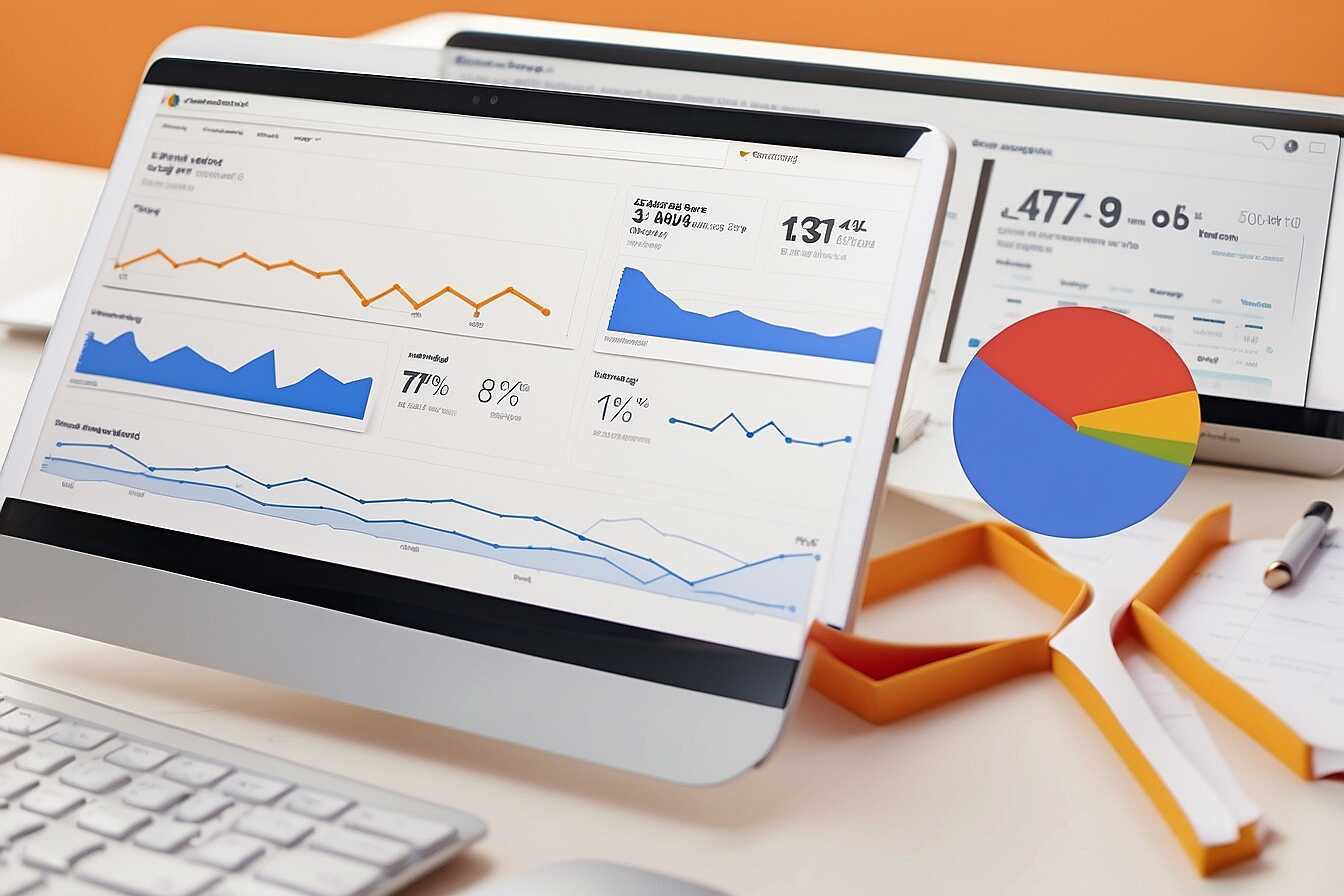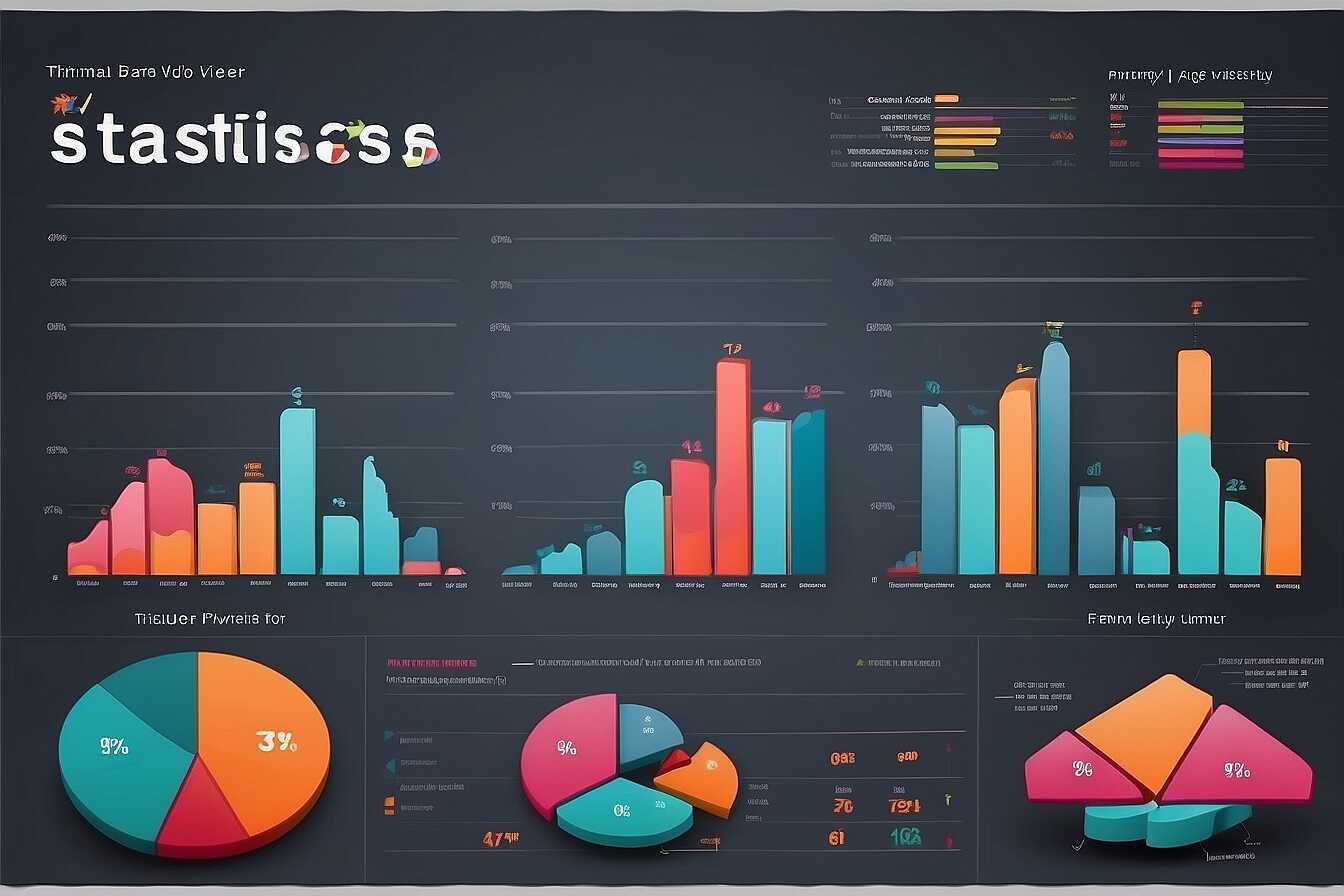The “Complete Guide to Optimizing H1 H2 H3 Tags for Effective SEO” provides valuable insights on how to leverage these heading tags for better search engine rankings. Understanding how to optimize H1, H2, and H3 tags is crucial for enhancing your website’s visibility and improving user experience. At Metrics Rule, we focus on empowering SEO beginners, content creators, and digital marketers with the knowledge they need to master on-page SEO elements like heading tags. By effectively employing these tags, you can achieve significant improvements in both search engine visibility and user engagement.
The Role of Heading Tags in Search Engine Optimization
Heading tags (H1, H2, H3) play a critical role in SEO by defining the structure of a webpage. They enhance content hierarchy, making it easier for both users and search engines to comprehend the main topics. The H1 tag serves as the primary title, indicating the page’s main focus. H2 tags denote subsections, while H3 tags provide further detail within those subsections. This organization helps in improving SEO ranking factors and enhances user experience, enabling more effective crawling and indexing by search engines like Google and Bing.
Understanding the Impact of Heading Tags on SEO and User Experience
To maximize the effectiveness of heading tags, follow best practices for optimal heading usage. Research shows that around 70% of users tend to scan webpages rather than read them entirely, making heading tags essential for guiding user behavior. A well-structured heading hierarchy improves content hierarchy and directs users to relevant sections quickly. Consequently, this increases engagement, reduces bounce rates, and ultimately leads to higher search engine rankings. By providing a clear roadmap of your content, heading tags significantly enhance user experience and the overall effectiveness of your SEO strategy.
Crafting Effective H1 Tags for Maximum Impact
Creating effective H1 tags is essential for improving search rankings and attracting users. Key components of an impactful H1 tag include relevance, clarity, and keyword optimization. Utilize keywords that your target audience frequently searches for, ensuring that each H1 tag reflects the main topic of the page. Additionally, keep H1 tags concise—ideally under 60 characters—to enhance readability and engagement. Research suggests that webpages with well-optimized H1 tags can significantly improve user click-through rates, leading to increased engagement and lower bounce rates.
H1 Tag Best Practices for Optimal Result
To implement H1 tag best practices, focus on creating unique, descriptive phrases that encapsulate the main theme of your webpage. Ensure that your H1 tag is the sole H1 on the page, as this helps search engines efficiently crawl and index your content. You should also consider the readability of the H1 tag across different devices, particularly mobile. Including primary keywords not only boosts SEO but also allows users to quickly understand what your page is about, increasing the likelihood of engagement. In the competitive landscape of 2025, optimizing H1 tags is critical to staying relevant in search results and ensuring your site stands out in a crowded market.

Utilizing H2 Tags for Content Structure and Clarity
Using H2 tags effectively can significantly enhance the clarity and organization of your content. Best practices for H2 tags involve making them descriptive and ensuring they reflect the content that follows. This reliability helps readers quickly grasp the topic, improving their overall experience. H2 tags also support crawling and indexing, which boosts your site’s visibility in search engines like Google and Bing. When structuring content across platforms like WordPress, Shopify, or Joomla, thoughtful use of H2 tags can provide consistency and clarity, making it easier for visitors to navigate your website.
Best Practices for Structuring Content with H2 Tags
To optimize your content structure using H2 tags, consider using one H2 tag for each main section. This approach delivers a clean layout that enhances readability and improves engagement. Typically, using three to five H2 tags per page provides a balance between too little and too much detail, ensuring your content is easily digestible. Additionally, align H2 tags with targeted keywords to bolster your SEO strategy, making it easier for search engines to index your content effectively. Regularly testing and reviewing H2 tag placements will enable continuous enhancements, making your content not only reliable but also aligned with evolving best practices in SEO.
Key Numerical Insights About Heading Tags
- Search engines consider the H1 tag to be the most important heading on a page.
- Your H1 should ideally contain the main keyword for maximum impact.
- Recommended character limit for H1 tags is approximately 50-60 characters.
- SEO experts suggest using only one H1 tag per page for clarity.
- H2 tags should have a limit of 30-40 characters for best practices.
- Studies show that well-structured headings can increase SEO effectiveness by 10 times.
- Web pages with proper heading structure report 20% higher user engagement.

Optimizing H3 Tags to Enhance Content Navigation
Using H3 tags effectively improves content navigation by providing a clear structure. They help segment information, making it easier for readers to scan through and understand your content. This segmentation enhances the user experience as different entities, such as blog posts, product descriptions, and service overviews, can be easily identified. The ideal number of H3 tags varies, but including around 3 to 7 H3 tags typically helps maintain clarity without overwhelming the reader.
Best Practices for Using H3 Tags
To maximize the benefits of H3 tags, ensure they are descriptive and relevant to the content they encapsulate. Use keywords strategically within your H3 tags to enhance SEO and improve crawling efficiency. Each H3 tag should clearly indicate the topic or section it introduces, helping to guide users through the text. By doing so, you provide a reliable roadmap for readers, making it easier to navigate complex content. Aim for consistency in style and tone across all H3 tags, further enhancing the reader’s understanding and retention of information.
Avoiding Common Pitfalls in Heading Tag Usage
Users often make several common mistakes with heading tags, such as overusing H1 tags or neglecting to use them altogether. Another mistake is failing to maintain a logical, hierarchical structure in headings. Many also repeat keywords in headings, which can hurt SEO results. To effectively review heading tag usage, users should compare their headings with competitors and track performance metrics like click-through rates. A staggering 70% of web pages fail to use H1 tags properly, leading to missed opportunities for enhanced SEO and user experience.
Understanding the Importance of H1 Tags in SEO
H1 tags play a crucial role in enhancing a webpage’s SEO. They provide search engines an initial understanding of the content’s focus. A well-structured H1 tag improves the reliability of indexing and crawling. It’s designed to be concise and to include primary keywords relevant to the content. Best practices suggest that ideally your H1 should be unique, relevant, and under 60 characters. This ensures optimal performance and helps boost rankings on search engines like Google. Businesses in Vancouver can see significant improvements in local search visibility by properly using H1 tags and maintaining a structured heading hierarchy throughout their content.
Advantages of Utilizing Proper Header Structures
- Well-optimized headings boost your site’s visibility in search engine results.
- Using H2 and H3 tags helps organize content logically for easier reading.
- Effective header usage can improve user experience significantly.
- Strategic headings enhance your website’s CTR (click-through rate).
- Optimized headers assist search engines in understanding your content’s context.
- Increased readability leads to longer time spent on your site.
- Headings can lower bounce rates by guiding users through the content.

Tools for Evaluating the Effectiveness of Your Heading Tags
To effectively evaluate your heading tags, several tools are essential for ensuring their SEO performance. Tools like Google’s Lighthouse provide reliability by offering insights into accessibility and SEO scores. Similarly, SEMrush and Ahrefs both provide in-depth keyword analysis, allowing you to see how your H1, H2, and H3 tags perform within the context of your content. With these insights, you can enhance the structure of your headings, ensuring they align with user search intent. The right evaluation tools can significantly improve your website’s visibility in search engine results.
Understanding the Importance of Heading Tags for SEO
Heading tags play a crucial role in structuring your content and guiding search engines. By using tools designed for performance evaluation, you can analyze the effectiveness of H1, H2, and H3 tags. For example, tools like Moz and Screaming Frog offer comprehensive data that helps identify how well your headings are optimized for keywords. Understanding keyword placement within these tags is essential for enhancing your site’s crawling and indexing efficiency. By regularly reviewing and comparing the performance of these heading tags, you’re more likely to achieve significant SEO improvements.
The Connection Between Heading Tags and User Engagement
Well-structured heading tags significantly enhance user engagement by improving readability and search engine optimization (SEO). When users encounter clear and organized headings, they can quickly grasp the content’s structure. This reliability encourages them to stay on the page longer and explore further, leading to better user experience. Essential elements include effective heading structure, which means ensuring that H1, H2, and H3 tags are used correctly to describe the content. High-quality content that aligns with user intent also helps boost engagement metrics like time spent on the page and reduces bounce rates, ultimately improving overall content quality and relevance.
How Effective Heading Tags Improve User Experience
Effective heading tags improve user experience by organizing content logically. When headings are clear and informative, they guide users through the text, making it easier to find relevant information quickly. This organization enhances engagement metrics, such as time on page and user retention. Additionally, using relevant keywords in headings can help search engines understand the page better, improving its chances of ranking higher. The combined effect of these strategies ensures that websites not only attract visitors but also keep them engaged, making it essential for small business owners and digital marketers to prioritize this aspect of SEO for maximum results.
Brands and Use Cases Reflecting Header Strategies
- WordPress offers user-friendly formatting for headings in article creation.
- Wix provides templates to simplify the use of HTML headers.
- Medium has a built-in structure that naturally enhances readability.
- Squarespace helps users optimize headings without coding skills.
- Content creators benefit from structured headings in digital marketing campaigns.
- Bloggers use optimized headings to attract more visitors and retain reader interest.
- Small business owners can enhance service descriptions with clear headers.
Emerging Trends in Heading Tag Optimization
Heading tags are evolving as SEO practices shift. Key trends include the increasing importance of mobile optimization, as more users access sites via smartphones. Also, search engines like Google are placing greater emphasis on user engagement metrics, which can be enhanced with well-structured heading tags. Businesses in e-commerce and local industries are increasingly leveraging H1, H2, and H3 tags to improve user experience and relevance in search results. Recent studies show that properly optimized heading tags can boost click-through rates by as much as 20%.
Impact of Industry-Specific Heading Tag Strategies
Different industries adopt various strategies for heading tag optimization. For instance, e-commerce sites often implement descriptive H1 tags that feature primary keywords, enhancing product visibility. These sites utilize H2 tags to categorize products and bolster SEO efforts by featuring keywords relevant to categories and items. Local businesses, on the other hand, focus on geo-targeted keywords coupled with H2 tags to attract local searches effectively. These industry-specific approaches highlight the importance of tailored heading strategies, especially in a diverse market landscape. By employing such strategies, brands like Metrics Rule can help clients improve their visibility and engagement in search engine results.
